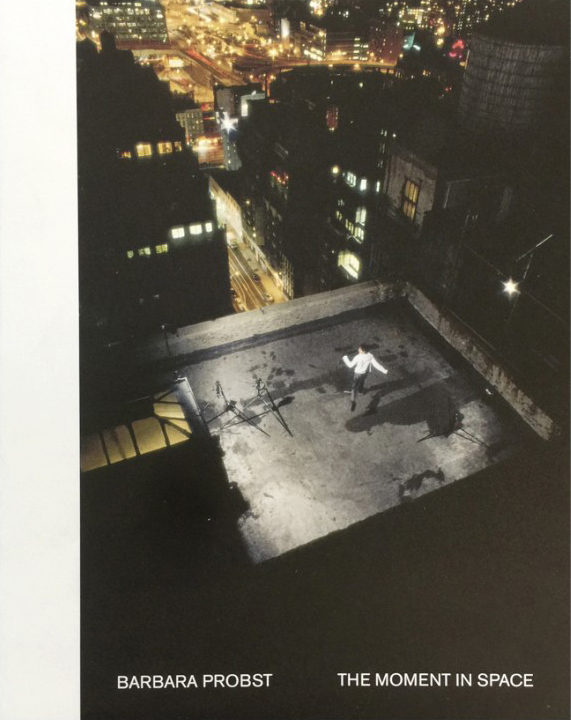“A camera is like an eyewitness, and a photograph is like a witness’s account. Eyewitness accounts of the same event can be surprisingly discrepant.”
— Barbara Probst
Almost as soon as photography was invented, it was used to offer proof or evidence of certain realities. Harold Edgerton and Eadweard Muybridge used cameras as scientific tools to stop time and to let us see things and events in ways that we could not see with our own eyes. We rely on photojournalists and documentary photographers to deliver visual truth about “the way things are.” But of course, when you look at the same event from a different point of view (even just a few inches to the right or left), it might look strangely different and at odds with the first view.
Barbara Probst interrogates the very idea of a single defining picture of reality by using multiple cameras to register the same real moment from many different points of view simultaneously. Her cameras are often very different from each other (old and new) and positioned around the single event up close and far away. She employs various kinds of lenses and focal lengths, as well as diverse technologies, including digital, black-and-white film, color transparencies and color negative film. All of the cameras are connected to the same remote shutter release mechanism — so she can trigger all to capture the same event at exactly the instant.

The results of these “exposures” can be uncanny, to say the least. When we, as viewers, try to unpack each small group of images from the same moment, it can be emotionally difficult to accept what we know from a logical point of view. This work creates an initial cognitive disconnect, and then, an “aha!” moment.
A new book, The Moment in Space, supporting a large-scale exhibition in Paris, was recently published in 2019. In addition to presenting the photographs themselves (many with fold-out spreads and diagrams of the multi-vantage-point set-ups), the book includes quotes and insights from the photographer about her process and ideas.
We are delighted to include a sampling here for the readers of LensCulture:

“But what, actually, is the ‘reality of an event?’… I find photography the best tool to approach this issue, precisely because of its tie to this ‘reality.’ — Barbara Probst

“When we are shooting and I am struggling to control what we are doing, I am always very aware that I am only able to see from one point of view. It is amazing that in life we hardly sense this ‘restriction’ of our field of vision to a small detail of the world.” — Barbara Probst

“The fact that we face multiple photographs, which provide different narratives about the same event at exactly the same moment, has an unsettling consequence for the narrative of each image.” — Barbara Probst

“The Cubists affirm illusion and I try to deconstruct illusion. But, yes, both the Cubists and myself are somehow involved in a spatial thinking. After all, I am coming from sculpture and it may be I am still a sculptor trying to create a three-dimensional impression. I guess I was always a bit dissatisfied with the flatness of the photograph.” — Barbara Probst

“Since they are all bound to the same moment, no image is more important or more true than any other. The substance of the series exists not in the individual image but rather in the interrelations between the images. So, instead of judging the individual images, the viewer is invited to travel through the space they mark out, to take on different points of view, and to see him- or herself looking. The space between the images is the space of this journey.” — Barbara Probst













